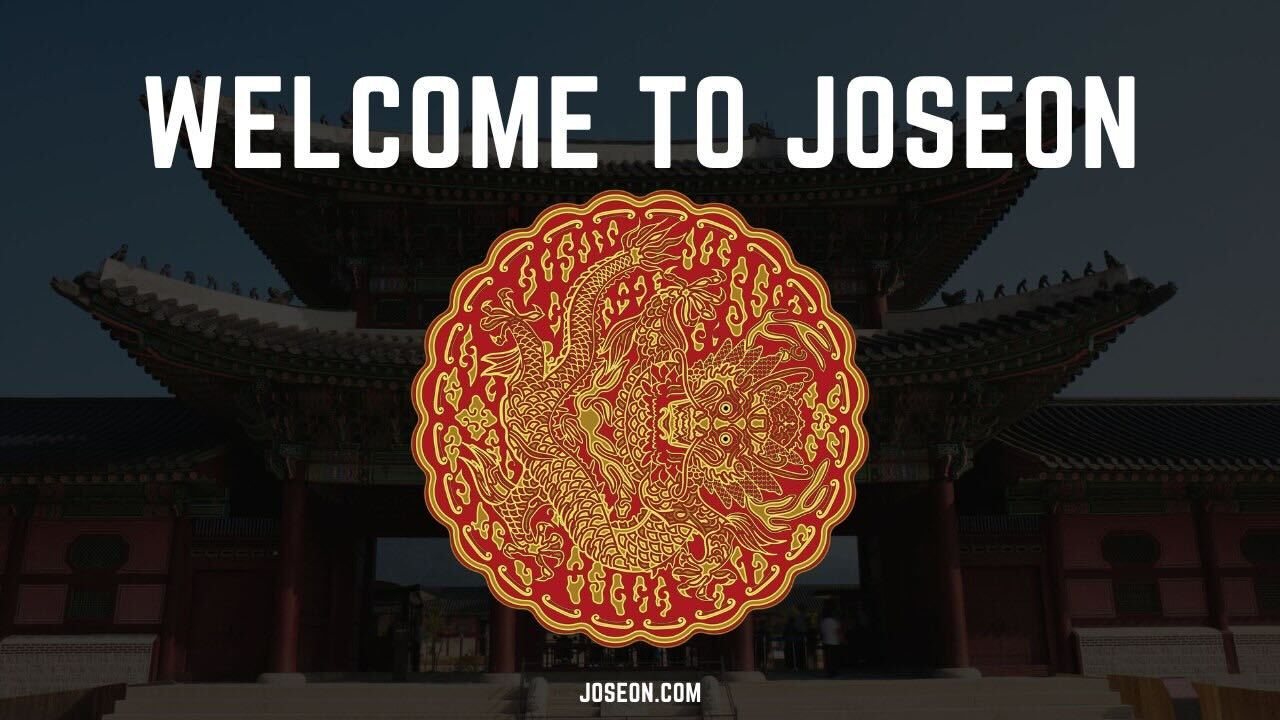Crypto fans should get behind Elon Musk’s subscription model for Twitter

Like many others, I was initially skeptical of Elon Musk’s takeover of Twitter given his historical tendency to make bold promises but later backtrack. That said, his idea of adding a subscription layer to Twitter and using it to both improve curation and diversify away from advertising is beneficial. If you believe in the core values of crypto, you should believe in it.
To see why, we need to go back to the basics of Bitcoin (BTC). Most people focus attention on the coin, but the more remarkable thing about Satoshi Nakamoto’s invention was the design of the platform.
Before Bitcoin, the general belief was that an open (aka permissionless) system where participants are anonymous and free to come and go could never be secured. Solutions such as Byzantine fault tolerance – the network equivalent of democracy – had solved the problem of participants reaching consensus in a closed system, but could not be applied to an open network due to the risk of one participant impersonating many, also known as a Sybil – attack.
Sybil attacks are a threat to any democratic system, hence the need for restrictions such as voter registration or parliamentary roll calls. They are especially annoying online, where it is easy to pretend that one person is many people. Thus the proliferation of spam email, fake reviews and bot armies on the internet.
Social media as designed today solves this problem in the same way that payment systems (such as PayPal) did in the past: they put an authority in charge and give it the power to censor some users to protect others. But this approach had its own drawbacks, including that some people were unfairly censored and that the authority extracted significant value for itself. Twitter’s current reliance on surveillance capitalism and its arbitrary (not to mention unfair) blue tick solution are prime examples.
Related: Facebook is trying to destroy Metaverse and Web3
Bitcoin took a different approach. It allowed anyone to do anything, including participating in consensus, but required those doing the most important work to incur an upfront cost. This was a positive form of self-censorship: anyone could be a miner, but they had to prove honest intent by spending money.
This proof-of-work (PoW) approach to building Sybil resistance has succeeded, at least for a payment system. The Bitcoin platform is, paradoxically, both the most open and the most secure platform on the internet. Tellingly, PoW was originally invented in the 1990s to combat spam email.
Musk’s proposed subscription model for Twitter is philosophically similar.
Users who pay a monthly fee are less likely to be bots or click farms, so the rest of the network can trust them more – in the same way that Bitcoin nodes expel miners who have done the most “work”.

If the Twitter algorithm also prioritizes comments and retweets from subscribers, curation can also be improved – in the same way that proof-of-stake (PoS) systems often designate one validator to propose a new block and allow a committee of other validators to to double check their work. All else being equal, a tweet from a paying subscriber that is liked and retweeted by other paying subscribers is more likely to be useful.
People who complain that this approach discriminates against the poor misunderstand how social media already works. Many creators are already paying to get more traction. They only do it on the black market. Why else would there be so many ways to buy influence? So many fake accounts don’t happen by accident. Charging people directly has more integrity because we know exactly who is paying.
Paying subscribers also allow Twitter to diversify away from ad revenue, reducing surveillance capitalism. Today, non-paying users are still paying to buy influence with their attention, which algorithms are constantly trying to hijack with polarizing content to sell more ads. Subscription models tend to lead to content that prioritizes quality over quantity, hence the success of Substack and Netflix.
Related: Nodes are going to dethrone tech giants – from Apple to Google
Musk has also hinted at open-sourcing the search algorithm and one day paying content creators. These features will bring the Bitcoin analogy full circle. If Twitter allows someone to pay for a subscription, and then redirects a portion of that revenue to the most popular creators and curators, it will better align incentives between content creators and consumers. In Bitcoin, the greediest miner is forced to become the most honest. Twitter should work the same way.
To be clear, a centralized platform owned by private investors is still a long way from a fully decentralized network like Bitcoin. But the idea of introducing a cost for doing the most important work, and then rewarding those who do a good job, is arguably the most important contribution crypto has made to society. We should applaud any attempt to port these ideas to existing platforms, however limited they may be.
One day we will hopefully have completely decentralized social media. Until then, we can use a better Twitter.
Omid Malekan is a nine-year veteran of the crypto industry and an adjunct professor at Columbia Business School, where he lectures on blockchain and crypto. He is the author of the forthcoming book Re-Architecting Trust: The Curse of History and the Crypto Cure for Money, Markets and Platforms.
This article is for general information purposes and is not intended to be and should not be taken as legal or investment advice. The views, thoughts and opinions expressed herein are those of the author alone and do not necessarily reflect or represent the views and opinions of Cointelegraph.

























